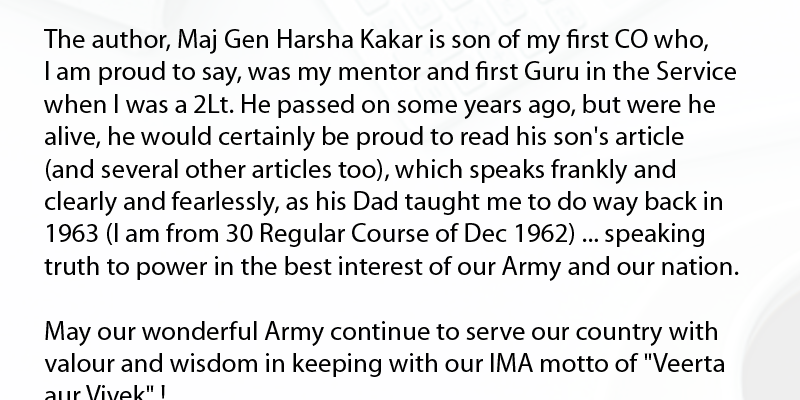
Impact of artillery modernization (English version) Rakshak News 14 Nov 18
http://www.rakshaknews.com/vishesh/the-strength-of-the-artillery-increased-by-the-arrival-of-new-guns
Impact of artillery modernization (English version) Rakshak News 14 Nov 18
At a ceremony is Devlali last week, in the presence of the defence minister and the army chief, the artillery inducted two new weapon systems into its arsenal. They were the K9 Vajra and the M777 155 mm guns. The K9 Vajra is a self-propelled gun being made on a design from South Korea and the M777 is a light weight howitzer of the same calibre. Both are partially imported and subsequently being assembled in India.
The artillery is a battle winning factor. As Napoleon is stated to have said, ‘God is on the side with the best artillery’. The Kargil war proved the devastating power of the artillery. The ‘scam tainted’ Bofors guns alongside the 105 mm field guns and BM 21 rocket systems led the firepower which destroyed Pak bunkers on the Kargil heights, making the task of assaulting infantry easier.
The artillery has had no induction of guns post the procurement of Bofors almost 30 years ago. Its arsenal comprised mainly of the 105mm field guns manufactured by the Gun Carriage factory (GCF) at Jabalpur and the 130 mm Guns imported from Russia in the 1960’s and 70’s, apart from the limited regiments of the Bofors. The 105 mm had the disadvantage of range, its maximum range being 17 kms, while the 130, though had a longer range of 29 Kms but had restricted employment in mountains as also smaller shells with lesser fragmentation.
The only new inductions in recent years were the Pinaka and Smerch rocket systems and the Unmanned Aerial Vehicles (UAVs). The strategic missiles comprising of the Agni and Prithvi categories, though manned by the artillery are under the command and control of the Strategic forces command. The UAVs are ideal for target acquisition and post-strike damage assessment. They are regularly employed to detect and monitor movement of terrorists in and around their launch pads.
Limited range limits the engagement of targets in depth while it has the advantage of providing close support fire to assaulting infantry. Further both existing guns lacked larger calibre shells with greater fragmentation implying lesser spread and hence lesser destruction. This has been overcome with the present induction. With a TNT content of over 8 Kgs in both variety of guns and a better calibre with greater range, the guns have a three-fold increase in fragmentation and a range of over 30 Kms.
There are other new variants also in the pipeline undergoing various stages of trials. All are more modern with greater accuracy, higher calibre and better range. These include the Danush, an improved variant of the Bofors, the Advanced Towed Artillery Gun Systems (ATAGS), being developed by the DRDO in consultation with the private sector and the Mounted Gun System, developed by the GCF. How many of each would be inducted remains to be seen.
All the guns under procurement and development would come in the ‘Make in India’ or ‘Made in India’ category. Those which the artillery would not be able to induct would be available for export. In addition, the artillery is upgrading three-hundred 130mm guns to 155mm. This is being done by the ordnance factories. Each upgradation is costing 70 Lakhs, which is one-fifth of the price of a new gun. The inductions are likely to be completed by 2022/23. Thus, the coming years would witness a changed artillery profile which would be firepower intensive.
The new inductions would enhance firepower and degradation capabilities along its troubled borders with Pak. Targets which earlier needed surgical strikes to engage would now be under artillery range. Thus, administrative camps, HQs and terrorist camps located close to the LoC in Pakistan can now be easily engaged.
It would perforce compel Pak to push the terrorist launching pads deeper inland as also relocate their own administrative locations, which are now within range of the artillery. A more powerful artillery with better destructive capability would enhance the confidence of own troops deployed along the LoC and reduce the same in Pak.
The modernization of the battle winning arm is now truly underway and would change the nature of Indian retaliation to Pak misadventures. Even along the northern borders, there would be engagement in depth, enabling defending forces to break up assaults well before they reach the main defences.